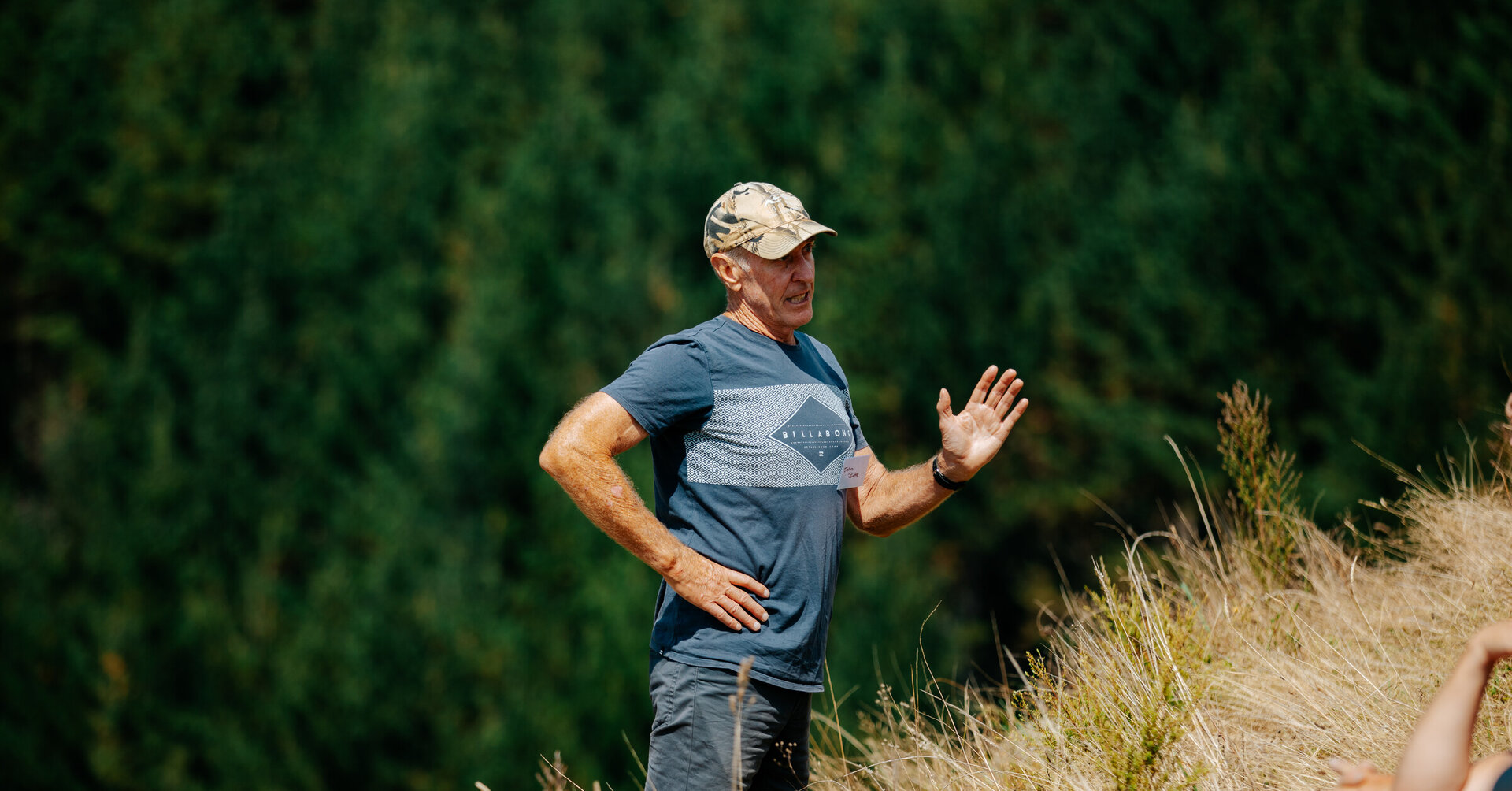John Burke, Wai Kōkopu Lighthouse Farmer
People who farm have always been keen observers of the land. It’s a skill that’s essential for responding to the day to day. It’s also essential for preparing for the future. The world is changing fast and farming is needing to change too. Honing our skills to read our landscapes has never been more important than now.
If we observe carefully, it’s the land and water in our catchment that gives us the most important information for future-proofing our farms.
Compliance and new policies attempt to solve collective problems and meet the needs and goals of our communities. Problems like pollution of rivers or drinking water sources, the loss of native animals and plants, and changes to the climate.
But compliance and policy often, unhelpfully, address these problems separately.
It is in the landscape, and through sharing knowledge, that we find unified solutions to these problems to meet our communities’ needs. It’s in the landscape where we integrate our response to water pollution, climate change and restoring biodiversity. And it’s the landscape, itself, that tells us how to do this.
Farmers who are already future-proofed have long observed not only their farm but their catchment, from the hills to the sea. They’ve recognised that their influence doesn’t end at the farm gate. Their boundary is really the estuary where their neighbours collect shellfish. They’ve taken into consideration the birds, that come and go from the farm, and identified their contribution (positive or negative) to climate change. They’ve made decisions with these wider connections in mind, managing their farm in a way that is responsive to the place and people around them.
Compliance most often only becomes relevant where activities are causing the most obvious damage. But compliance doesn’t touch farmers who already understand their catchment and are responding in a way that’s fit for the land.
Right now, single sector industry bodies are struggling to meet the needs of our communities and catchments. They’re struggling to give empowering, future-focused support because they’re stuck advocating for a single sector.
Single sector bodies have pushed hard during consultation on environmental policies and the result has been stuck-in-the-mud initiatives like He Waka Eke Noa (HWEN), the climate change policy developed by industry sectors to advise Government. These industry bodies haven’t sufficiently innovated around the potential loss of production in their sector so they’ve pushed for policies that keep business as usual, while looking to find another sector they might strong arm.
Anyone who’s been part of consultations on environmental policy recently knows they’re often combative, exhausting and unsatisfying processes. They can lose sight of the reason for the policies in the first place: to solve big collective problems.
Single sector bodies have been an impediment because one enterprise is unlikely to be the best fit for the land nor does it provide farmers resilience in a time of change.
As a result, we’ve ended up with proposals like HWEN, which essentially punish the most resilient and future-proofed farms to avoid losing product from the least fit for the land systems. HWEN proposals fail to meet the needs of farmers and communities because they would set up a system that would rob Peter to pay Paul. Everyone loses; people are overwhelmed, communities are divided.
Our healthiest farms have fit the right land use for their land and catchment. They’ve integrated multiple enterprises alongside rich restoration planting to provide for people and the natural world. Good policy could support more of this.
There are options for constructive policy, like the ‘Transformed Option 1’, developed by a group of environmentally conscious farm leaders at www.abetteroption.org.nz. Their advanced option aims to advance an integrated response to the challenges of climate change, biodiversity and healthy water, recognising work farmers have already done, and empowering farmers to make win-win-win change in order to strengthen and meet the needs of their communities.
We often hear more support is needed for those of us farming but it needs to be the best support.
The best support builds on the experience of those who have been reading their landscape for decades. It considers all land uses, identifies land types, helps develop multi-enterprise systems, and works with farmers across a catchment. The best support builds communities’ strength by not pitting people or sectors against each other but by letting land and water show the way forward to healthy systems.
By combining leading farmers’ experience, community knowledge and willingness to get stuck in, with expertise across ecology, horticulture, human and animal health, and agribusiness, we’re seeing the strength of this approach in Wai Kōkopu catchments in Bay of Plenty.
The question now is how we get this kind of support thriving across the country.



